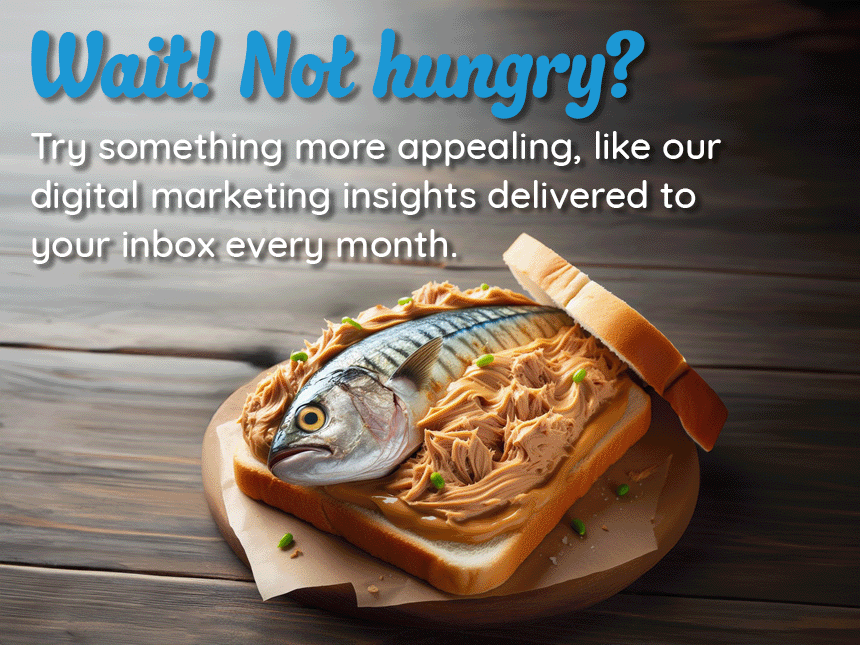Creating SEO Content for Link building… And How to Do Outreach Right
 One thing I hate about many link building blog posts is how they promise all kinds of useful info about how your website can earn links, drawing you in with their clickbait title, and then the bulk of the article’s “advice” boils down to “create good content and it will naturally earn links.” Here’s two reasons why this grinds my gears:
One thing I hate about many link building blog posts is how they promise all kinds of useful info about how your website can earn links, drawing you in with their clickbait title, and then the bulk of the article’s “advice” boils down to “create good content and it will naturally earn links.” Here’s two reasons why this grinds my gears:
- Everyone knows what good content is: Well-written, at least 300 words, some visual elements, (video, pics, infographics), possibly interactive, easily shareable and full of useful, interesting, or actionable information. And if you didn’t know this already, there are thousands of blog posts already saying exactly that (so we don’t need any more). But this advice doesn’t actually help you in knowing what content to actually create. Also, let’s stop using the cliché “content is king.”
- Good content rarely earns links on its own: Dumping an awesome blog post, infographic, or quiz on yours or your client’s blog probably isn’t going to get you any meaningful links. If it were up to Google, they’d prefer we put out our content and then sit back and hope and pray that the links come in. But that usually only works for big businesses with powerful brand recognition. What about us little guys? I’m not saying it can’t happen this way, but when you’ve created great content, why wouldn’t you tell everyone you can? And encourage them to read it, share it, retweet it, and embed it? You know your content is good – now it’s time to let the world know it, too.
As I’ve been working with the latest member of the Arc team, inbound marketing manager Catherine Scanes, I’ve been thinking a lot about content creation for the purposes of link generation. With that in mind, let’s take a look at some real, actionable ways you can create good content, and even earn links from it. These are actual link building tactics that we have seen work in the wild, that you can apply to your website. So here we go – here’s some real advice on how to get your content shared.
First, let’s see how we can create good content that people will want to share
- Steal from your competitors: Not literally, of course. But one thing we always like to do is check out our competitors and see what assets they have on their website that are currently earning them links. Start first by just giving their site a cursory glance and try to figure out exactly what they’ve got. Is there an infographic section with easily accessible embed codes? Do they sponsor industry events? For instance, one of our client’s competitors have sponsored a local event that is related to their industry, and has earned literally thousands of backlinks because of their involvement. When you weigh the cost of the sponsorship against the amount of links, it’s a huge win. After you’ve looked at the surface of your competitor’s website, it’s time to dig in deeper and examine their backlink profile. As you start to sort through their backlinks, you’ll see some common themes, and you should be able to decipher what link building tactics are working for them. As an example, one of our client’s competitors was creating dynamic content that were essentially profiles related to their customers. Naturally, the customers wanted to share these profiles on social media and in some cases even through their own blogs and websites. Another competitor was publishing blog posts written by various industry experts. The idea being that these experts have their own audience, and they would then share and link to their content. These are just a few tactics you might uncover. Although you may actually be surprised as to what is working for your competitors. Now the question is: How can you use these tactics and, more importantly, tweak them to fit your marketing goals? Taking this approach of seeing what others are doing allows us to know exactly what link tactics actually work in our industry.
- See what you’ve got: Time to turn that critical eye to your own website. You hopefully already know where your links are coming from, but instead of that, I want you to look at what assets your site has, and consider how they can be tweaked to encourage more links. Maybe you’ve got a bunch of great photos from an event. Lots of bloggers would probably love to share them, so why not stick embed codes on the site so people can use them with automatic links back to you?. Or let’s say you’re in an industry in which it makes sense to build-out a robust resources page full of links that your customers would find helpful. Assuming the resources page is actually worthwhile, there may be other people who would want to share it (this is where you have to do the leg work and let bloggers and webmaster know about the page). Maybe there are people in your company who are experts in their fields, or who have an interesting take on your product or service. There are probably lots of websites that would want to interview them (and of course, link back to your site). Again, all of these tactics are things you can actually use right now to build links. But the real purpose is to get you thinking differently about what you’ve currently got, and how small changes can make them linkable.
- Expand your audience reach: One really common complaint about content marketing is that it doesn’t work for every industry. Some think their industry is too boring to create an intriguing blog post or video. I can tell you from experience that this is baloney. But you need to expand the focus of your content, while still speaking to your audience and relating it to your product or service. This is what we call co-relevant content. It allows you to reach new people who fall within your target demographic, but who aren’t currently in the market for your product/service. For example, a client who was in a so called “boring” industry created an infographic with stats that related both to an upcoming holiday and their own industry. The post was shared frequently on social media by users who found the holiday stats interesting, and who may not have even heard of the service otherwise.
Now that you’ve got content, it’s time to let the world know (and why they should link to you):
- Low hanging fruit: Start by focusing on the easiest links to get. You’re probably on the big local directories like Google My Business and Yellow Pages (assuming that makes sense for your businesses), but dig a little bit deeper into directories that are specific to your industry. These are usually easy to get, but keep in mind that it doesn’t mean they’re always worth pursuing. Make sure the directory actually looks legitimate. A good rule of thumb — if it looks spammy, it probably is!
- Just ask for a link: Seriously?! You can just say, “Hey can you link to me?” Yes. There are several instances where it makes sense to just ask a website to link to you. For instance, let’s say there is a website that features a resources page. If it makes sense for your link to appear, send an email to them. Just make sure you’re not spamming link targets.
- Get your links back: There are several tools that will allow you to see broken links and deleted links that used to point to your site. For the broken links, these tools will let you see websites that are linking to a 404 page on your website. You’ll want to either redirect these broken links to another page on your website, or ask the linking site to update the link. For deleted links, the tools will let you find webpages that were formerly linking to you, but have since deleted that link. In these cases, try reaching out to the websites and see if they would be willing to re-add the deleted link or a new link that may be more appropriate. One resource we really like to use to uncover these links is Majestic. But there are plenty of options out there.
- See who stole from you: Maybe you’ve worked hard to post great images from local events, and maybe even an infographic or two, but what’s to stop people from taking your content without giving you credit in the form of proper link attribution? Luckily, you can do a reverse image search and find websites that are using your images. Then you can check to see if they linked back to you. If not, reach out to them…and keep it civil! Thank them for sharing your content, then politely ask that they link back to you.
- Social: You have to, have to, have to share all of this stuff through social media. It’s one of the easiest ways you can spread the word about your great content. If you’ve got a small social media audience, consider using social media ads, and also use hashtags to expand your reach.
- What’s the advantage to them? Let’s say you’re emailing a webmaster and saying “pretty please share my blog post!” Here’s the thing, webmasters don’t care about you. They only care about how your content can help them. When writing these emails, focus on why they should share your content, and make sure that the incentive for the webmaster is the focus.
When it comes to link building, it’s all about using what assets you already have, and leveraging them in a way that makes them most attractive to potential link targets. And don’t be afraid to do a little bit of legwork. With some small tweaks and a little bit of outreach, your website can be earning powerful backlinks in no time.



